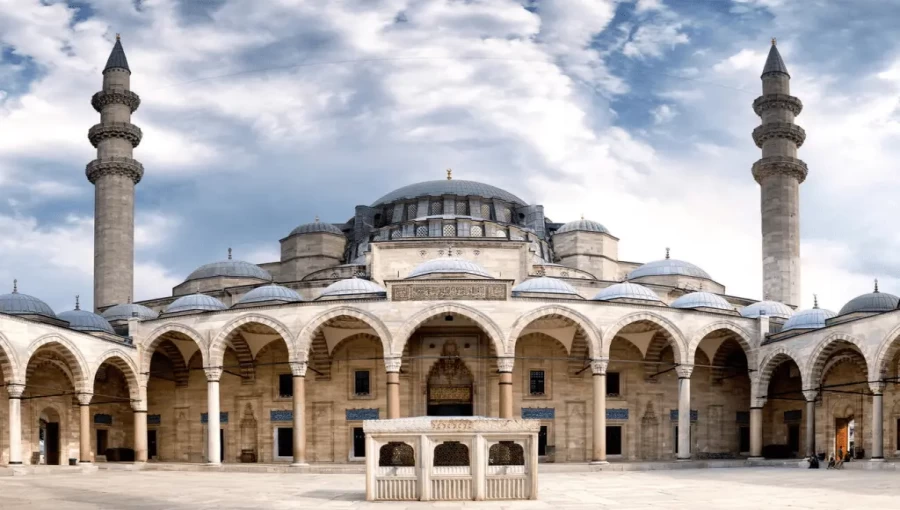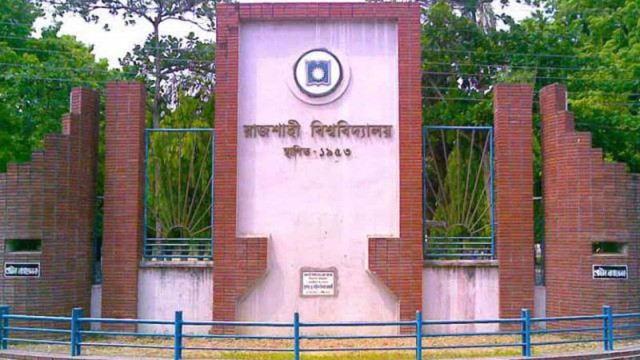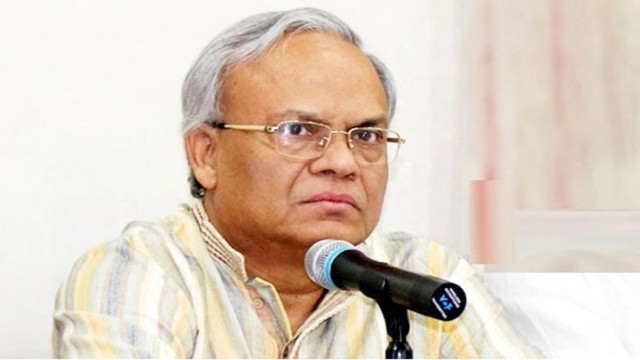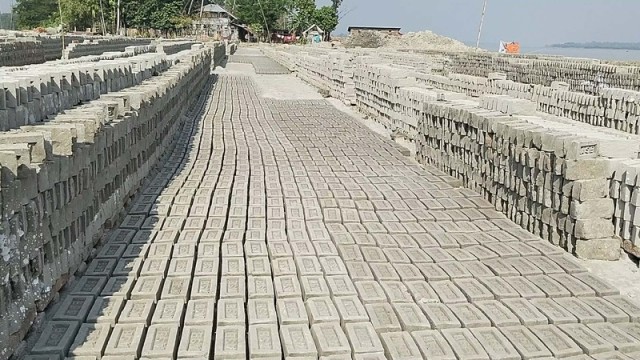The skyline of Istanbul is etched with a silhouette that speaks volumes about the city's rich history. Among the minarets and domes, the Süleymaniye Mosque reigns supreme, a captivating landmark that transcends mere bricks and mortar. This architectural marvel, commissioned in the 16th century by the legendary Ottoman Sultan Süleyman the Magnificent, serves as a captivating testament to a bygone era of artistic brilliance and a wellspring of Islamic history and cultural significance.
A Mastermind's Creation: Mimar Sinan's Legacy
The Süleymaniye Mosque, a magnum opus of the Ottoman Empire, stands majestically atop Istanbul’s Third Hill, a testament to the vision of Sultan Süleyman the Magnificent and the architectural genius of Mimar Sinan. Constructed between 1550 and 1557, this grand edifice was intended to rival the Hagia Sophia in splendor. Despite its slightly smaller size, the mosque’s harmonious proportions and the cascade of domes descending from its central dome, which soars 53 meters high, create an air of elegance and grace.

The complex served as more than just a place of worship; it was a comprehensive social center, providing education, healthcare, and sustenance to the community through its madrasahs, hospital, and public kitchen. The mosque has endured the ravages of time, surviving fires, earthquakes, and wars, each time being lovingly restored to its former glory. Today, ongoing restoration efforts ensure that the Süleymaniye Mosque continues to be a beacon of Islamic art and architecture, as well as a symbol of the enduring legacy of the Ottoman Empire.
Beyond Worship: A Center for the Community
The Süleymaniye Mosque wasn't merely a place of worship; it functioned as a multifaceted complex, known as a külliye. This concept, central to Ottoman imperial architecture, encompassed various social and educational institutions. The Süleymaniye külliye housed a hospital, a soup kitchen providing meals for the underprivileged, a caravanserai (a resting place for travelers), madrasas (Islamic schools), and a bathhouse. This intricate network served the community's needs and fostered a strong sense of social cohesion.
A Symbol of Power and Faith
The Süleymaniye Mosque was built during the zenith of the Ottoman Empire, a period marked by territorial expansion and cultural flourishing. Sultan Süleyman, aptly named "the Magnificent," was a revered leader who sought to leave a lasting legacy. The mosque's grandeur reflects the power and prestige of the Ottoman dynasty, solidifying its position as a leading force in the Islamic world.
Read: Cheraman Juma Mosque: A Jewel of Islamic Heritage in Kerala
Moreover, the mosque served as a potent symbol of Islamic faith. Its meticulous design incorporated principles of Islamic geometry and calligraphy, reflecting the importance of mathematics and the beauty of the Arabic script in Islamic art. The vast prayer hall provided a space for thousands to congregate and connect with their faith.
Enduring Legacy: A Beacon of Unity
Today, the Süleymaniye Mosque remains a vibrant landmark, attracting worshippers and tourists alike. It serves as a potent symbol of Istanbul's rich tapestry of cultures and a living testament to Ottoman architectural prowess. The mosque's enduring legacy lies not just in its architectural grandeur but also in its embodiment of the social and spiritual values that underpinned the Ottoman Empire.
Read: Ramadan Fasting: Exploring Intersection of Spirituality & Health Science
The Süleymaniye Mosque compels us to contemplate the power of architectural expression. It is a reminder of a bygone era's dedication to artistic excellence and the integration of faith into the very fabric of society. In today's world, where cultural and religious divides can be stark, the Süleymaniye Mosque stands as a beacon of unity, reminding us of the power of shared spaces and the beauty of artistic expression that transcends borders and time. The mosque's enduring presence invites us to explore the rich heritage of Islamic civilization and the enduring legacy of the Ottoman Empire. It is a call to celebrate diversity, foster understanding, and work towards a more peaceful and interconnected world.































Comment: